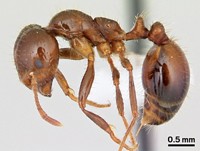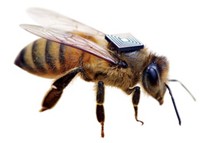Advertisement
Grab your lab coat. Let's get started
Welcome!
Welcome!
Create an account below to get 6 C&EN articles per month, receive newsletters and more - all free.
It seems this is your first time logging in online. Please enter the following information to continue.
As an ACS member you automatically get access to this site. All we need is few more details to create your reading experience.
Not you? Sign in with a different account.
Not you? Sign in with a different account.
ERROR 1
ERROR 1
ERROR 2
ERROR 2
ERROR 2
ERROR 2
ERROR 2
Password and Confirm password must match.
If you have an ACS member number, please enter it here so we can link this account to your membership. (optional)
ERROR 2
ACS values your privacy. By submitting your information, you are gaining access to C&EN and subscribing to our weekly newsletter. We use the information you provide to make your reading experience better, and we will never sell your data to third party members.
Environment
Sampling Technique Could Sniff Out Panda Pheromones
ACS Meeting News: Biochemical cocktail, if found, may foster more natural giant panda breeding in zoos
by Carmen Drahl
August 18, 2014
| A version of this story appeared in
Volume 92, Issue 33
This week’s selections are from the ACS national meeting, which took place on Aug. 10–14 in San Francisco.
Giant pandas might live miles apart in the wild, so they leave scent marks over long distances to find ready and willing mates. The confines of panda captivity aren’t great for this courting process. So zoos struggling to sustain the endangered species want to know which pheromones are related to mating behaviors. Now, Abbey Wilson, a graduate student at Mississippi State University, has developed methods in collaboration with the Memphis Zoo to reliably detect would-be pheromones. With Mississippi State professors Darrell Sparks and Ashli Brown, Wilson found conditions suitable for collecting a suite of volatile organic compounds—candidate pheromones—onto a solid-phase microextraction fiber. Corroborating work from other teams, Wilson has tentatively identified short-chain fatty acids that change in concentration when a female panda is in heat. The biological significance of the changes won’t be clear until Wilson’s collaborators perform behavioral studies with pandas. The team hopes its work could foster more natural breeding in zoos. As Brown put it, “We’d love to find chemicals that say, ‘I’m a female bear looking for some action.’ ”




Join the conversation
Contact the reporter
Submit a Letter to the Editor for publication
Engage with us on Twitter